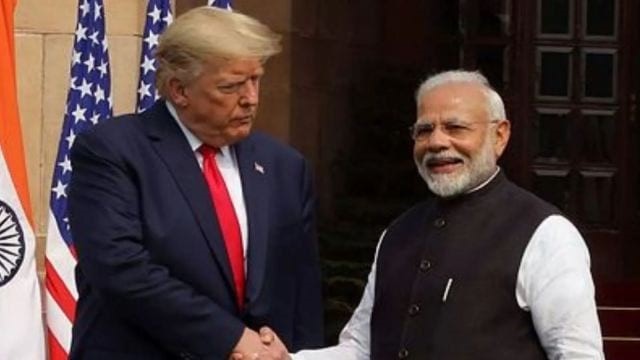India–US Civil Nuclear Deal

- 01 Apr 2025
Context:
Nearly two decades after the landmark India–US Civil Nuclear Agreement (123 Agreement) was signed in 2007, a major operational milestone has been achieved. In March 2025, the US Department of Energy (DoE) granted regulatory clearance under “10CFR810” of the US Atomic Energy Act (1954), allowing Holtec International, a US-based nuclear engineering firm, to transfer unclassified Small Modular Reactor (SMR) technology to three Indian private entities: Holtec Asia (its subsidiary), Tata Consulting Engineers (TCE), and Larsen & Toubro (L&T).
Key Regulatory and Safeguard Provisions
- Authorization Duration: 10 years, subject to a five-year review.
- Safeguards: Technology to be used only for peaceful nuclear activities under IAEA safeguards.
- Restrictions:
- No retransfer to other Indian or foreign entities without US approval.
- Prohibited for military/naval propulsion or enrichment purposes.
- No access to Sensitive Nuclear Technology.
- Compliance: Holtec is required to file quarterly progress reports to the US DoE.
Strategic and Technological Significance for India
- Modernizing India's Nuclear Fleet: India's nuclear program has traditionally relied on Pressurised Heavy Water Reactors (PHWRs) using natural uranium. The transfer of SMR technology based on Pressurised Water Reactors (PWRs) represents a shift towards the global mainstream of nuclear reactor technology.
- Boost to Domestic Manufacturing: Collaboration with Indian firms like L&T and TCE can localize manufacturing and engineering, promoting Make in India and self-reliance in nuclear energy technology.
- Entry into Global SMR Supply Chain: This development aligns India with an emerging global trend, as SMRs (30–300 MWe) are increasingly viewed as crucial for decarbonization and energy security.
- Strategic Counterbalance to China: As China advances its SMR technology for energy diplomacy in the Global South, this India–US initiative presents a geopolitical counterweight, especially as both nations face challenges in independently competing with China’s scale and state-led investments.
Legal and Policy Bottlenecks
- Civil Liability for Nuclear Damage Act, 2010: Cited by foreign companies as a barrier due to concerns about supplier liability in case of accidents.
- Atomic Energy Act, 1962: Needs amendments to permit private sector participation in nuclear generation, currently reserved for public sector undertakings like NPCIL and NTPC.
- Despite Holtec's request, these PSUs were not included in the initial authorization due to pending non-proliferation assurances from the Indian government. However, they may be added later, contingent on further diplomatic progress.
Way Forward and Future Prospects
- Holtec’s Expansion Plans: Its non-nuclear manufacturing unit in Dahej, Gujarat is poised for expansion, with a potential doubling of its workforce once SMR manufacturing begins.
- Partnership Pipeline:
- TCE for engineering design.
- L&T for high-precision nuclear component manufacturing.
- Future engagement with NPCIL and NTPC as operators of Holtec’s SMR-300 reactors.
- Clean Energy Strategy: SMRs are positioned as a key component of India's low-carbon energy transition, addressing both rising power demands and global climate commitments.
Conclusion
The US’s clearance for technology transfer to Indian private firms marks a pivotal operational step in the long-stalled India–US civil nuclear partnership. It opens the door for India to enter the global SMR market, boosts its domestic nuclear industry, and strengthens strategic cooperation with the US. However, legal reforms and institutional readiness remain critical for realizing the full potential of this deal.
